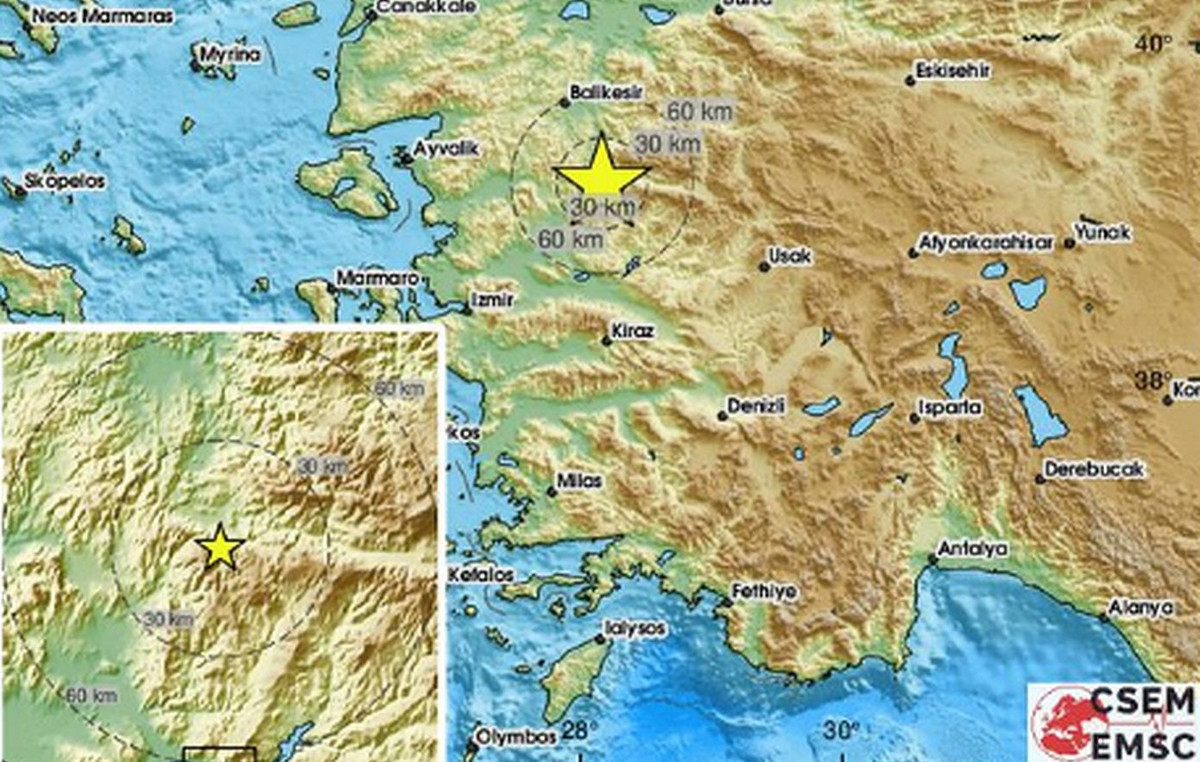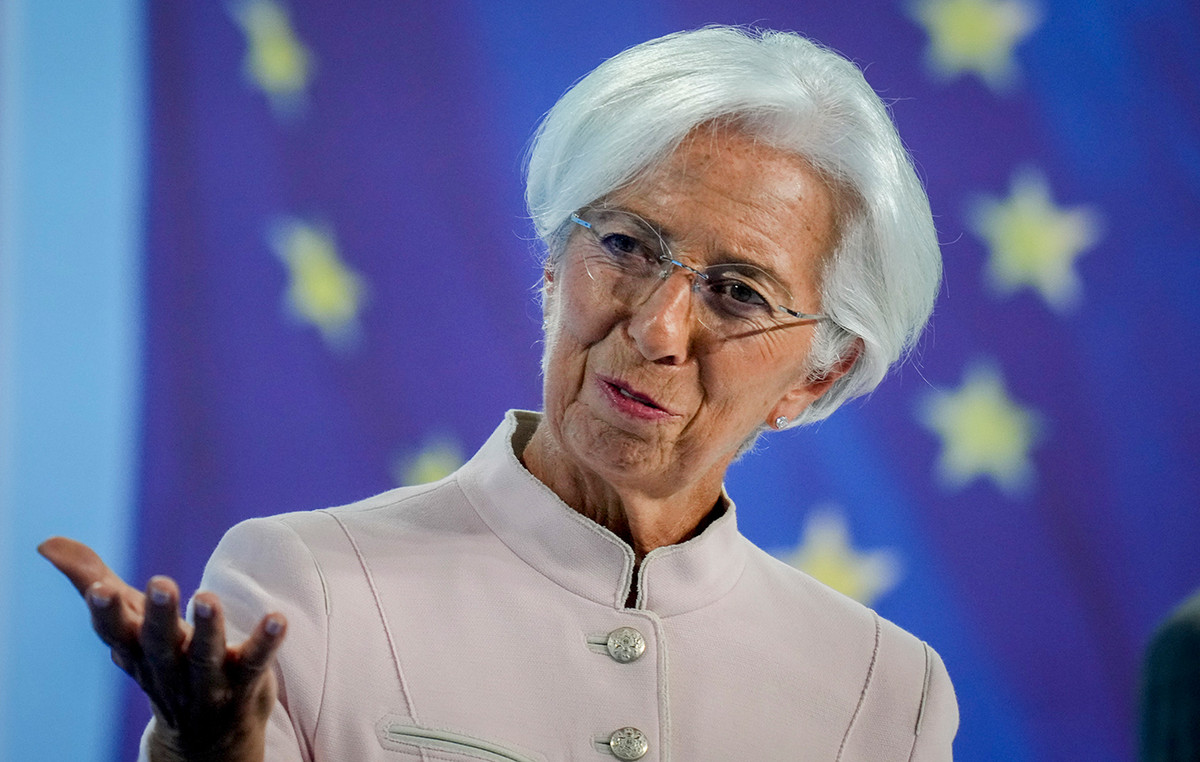Of Leonida Stergiou
Banks have started small increases in fixed mortgage rates, with the first adjustments already appearing on their websites.
The increases range between 20 and 40 basis points, depending on the duration of the fixed interest rate, and mark the first cycle that is expected to be completed by the end of the summer.
Fixed interest rates from the level of 2.70% for the first 2-3 years have already increased to the level of 2.90% and from 3.90-4% for long maturities (eg 25-30 years) to 4.20 %.
The increases are modest and gradual, due to great competition in the mortgage, where there are signs of slowdown. This practically means that for a mortgage loan of 100,000 euros, lasting 30 years, with a fixed interest rate for the entire duration, the installment from about 478 euros per month increases to 497 euros.
Slowing demand
In April and May, as much housing as consumer goods was disbursed, ie about 170 million euros. In fact, in May, disbursements of consumer loans exceeded those of mortgages by about 10 million euros.
It is estimated that the total consumer loans from banks, retailers and for the purchase of cars amounted to 100 million euros, compared to 80-90 million euros of mortgages. However, the demand for mortgages, on an annual basis, according to the number of applications, still remains increased by 5-10%.
Gradual increases
Thus, at this stage not all banks are moving at the same time, as they prefer to operate with smaller profit margins aiming for larger shares.
But as the cost of money rises, all banks will have to make adjustments in at least two steps, one at the beginning and one more by the end of July or by the end of August at the latest.
The floats are back
The rise in bond yield curves and the pressure of competition will determine the course of fixed interest rates on mortgages, but also the promotional moves in mortgage lending, which are going to move in two directions:
Absorb most of the cost of money at least until the end of 2022, while re-launching floating rate mortgages, which still remain attractive.
The latter, in their majority, follow the 3-month euribor (much less the 1-month euribor-linked ones), which remains negative (-0.33%) despite the recent upward trend.
In the shorter term, interbank rates, such as the 1-month euribor, still remain at -0.5%, as they are affected by excess liquidity from ECB support measures.
As most floating rate mortgages do not take into account the negative price of euribor, they remain unchanged and low, until the 3-month euribor reaches zero and moves to positive ground.
There are few where the final interest rate results from the sum of the reference interest rate, eg euribor 1 month, and the margin. The risk in floating interest rates is that there is no limit to the rise and the transition to a fixed interest rate can be made in a period with fairly high interest rates for a long time.
The cost of fixed interest rates
As bank executives explain, the cost of fixed interest rates depends on bond yields. Already, this cost has increased by 100 basis points in one month and by about 370 basis points in the last year, in Greek ten-year bonds.
At 30, the rise is about 140 basis points in the last month, at 20, 60 basis points, etc. Yields on different maturities determine the cost of swaps at which banks lock in fixed interest rates for specific years.
This increase of 100 or 60 basis points in the last month alone has not entered the market, due to competition, with the result that the profit margin is marginal.
This, however, does not seem to be sustained for long, especially after the ECB’s second rate hike in September. If, in fact, the rise from the ECB is of the order of 50 basis points, then the 3-month euribor will move in positive territory, with a corresponding impact on mortgages with floating interest rates.
The big rise in 2023
From that period, however, and especially from the beginning of the new year, if the upward trends in the bond markets are strong, the banks will proceed to new and bigger increases in the fixed interest rates. Increases can then start at 100 or 150 basis points.
Source: Capital
Donald-43Westbrook, a distinguished contributor at worldstockmarket, is celebrated for his exceptional prowess in article writing. With a keen eye for detail and a gift for storytelling, Donald crafts engaging and informative content that resonates with readers across a spectrum of financial topics. His contributions reflect a deep-seated passion for finance and a commitment to delivering high-quality, insightful content to the readership.







